You’ve built your characters from the ground up, you’ve developed your fictional world and the rules that guide it, and you know your protagonist’s objective like the back of your hand. So you’re ready to write, right?
Actually, there’s one more step.
That’s identifying the conflicts that drive your story, impede your protagonist’s progress, and make things interesting. At its simplest, conflict consists of the obstacles your protagonist faces in her quest to achieve her objective. Without it, your story would be super short and not so fulfilling. For example:
Jane desperately wanted X, so she went and got it. The end.
See?
It’s only when they get to see your main character fighting for what she wants that readers will be able to immerse themselves in her journey, feeling with her and rooting for her. So let’s take a look at the four main types of conflict that can make your story—and every scene in it—crackle.
Conflict: A Primer
1. Man vs. Man
This is the most common type of conflict you’ll see, when your protagonist’s objective is in opposition to another character’s. This other character could be an antagonist who actively wants to prevent your protagonist from succeeding, or it could be a well-meaning character (like a parent or a teacher) who has a different perspective and enough authority to get in the way. Or it could be both.
Take Harry Potter, for example. (My favorite example.) When Vernon is preventing Harry from reading his letters from Hogwarts in The Sorcerer’s Stone, that’s antagonistic man vs. man conflict. When Voldemort tries to kill Harry several times per book, same. But when Dumbledore keeps information secret from Harry or the Order of the Phoenix tries to stop him from participating in their business, that’s man versus man conflict, too. Both Dumbledore and the Order have Harry’s best interest in mind—it’s just that their objective to protect him gets in the way of his objective to defeat Voldemort.
2. Man vs. Self
Man versus self refers to inner conflict, when a character’s objective is in opposition to her values or long-held, deep-seated beliefs, or when her own decisions get in the way of achieving her goals.
Because I’m finally watching Breaking Bad (I know, I know, I’m behind), let’s use Walter White as an example. He’s constantly battling his desire to build a booming business to support his family with his desire to remain part of his family. His desire to hide his crimes with his desire to assure his wife that he isn’t drifting. Whenever one side wins out, the other takes a hit.
3. Man vs. Society
Man versus society is an external conflict between the character and societal norms. The character’s values or beliefs or preferences go against what’s deemed “acceptable” or “normal” within the community.
In To Kill a Mockingbird, Atticus Finch wrestles with society in his efforts to achieve justice for Tom Robinson. He believes everyone deserves a fair trial, while the rest of Maycomb is eager to punish Tom without second thought based on the color of his skin.
4. Man vs. Nature
In man versus nature conflict, the protagonist is hindered by or fighting against natural forces like weather, animals, or climate change. This type of conflict is particularly interesting in that it casts light on the resilience of the human spirit. The Old Man and the Sea and Moby Dick are classic examples. And for something a little more current, in the climactic moments of Katrina Leno’s Summer of Salt, a storm floods the island, throwing into question whether Georgina will be able to save her sister.
Any of these types of conflicts can be the primary drivers of your story, or they can be secondary conflicts that add additional layers of intrigue. And of course, they’re not the only ways to introduce conflict into your story. Your characters can fight technology, fate, or supernatural forces—so long as they’re fighting something.

